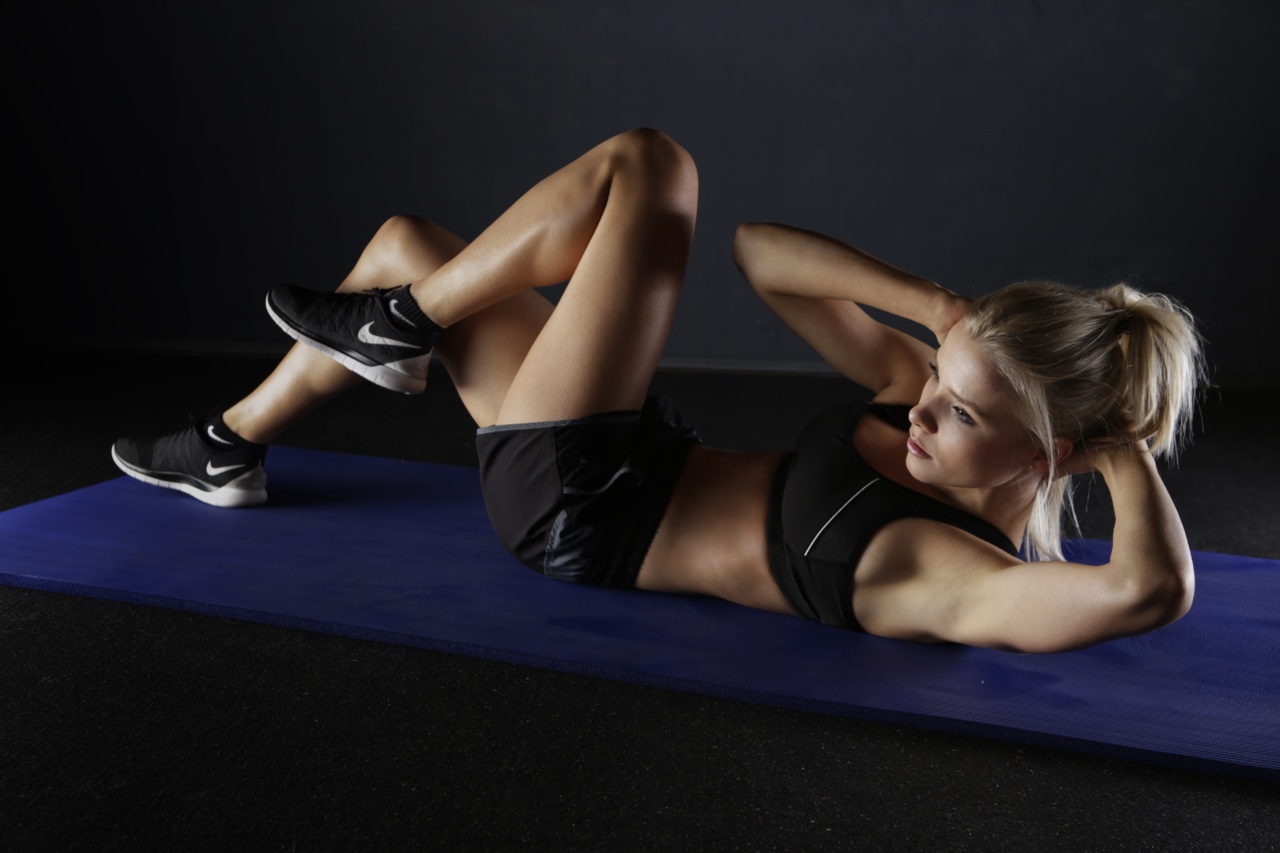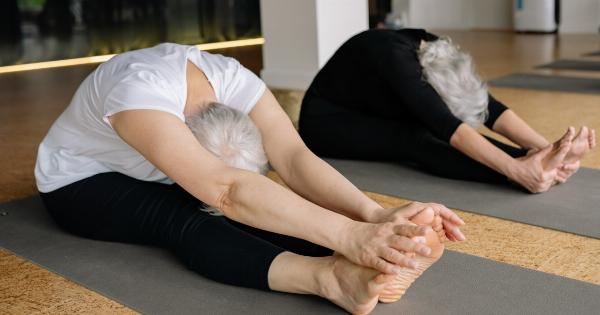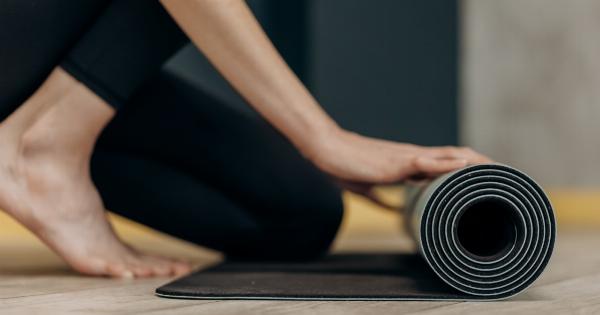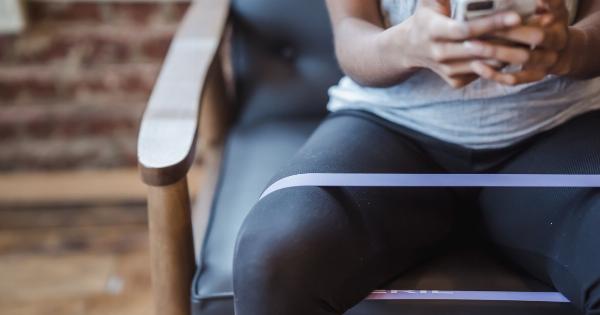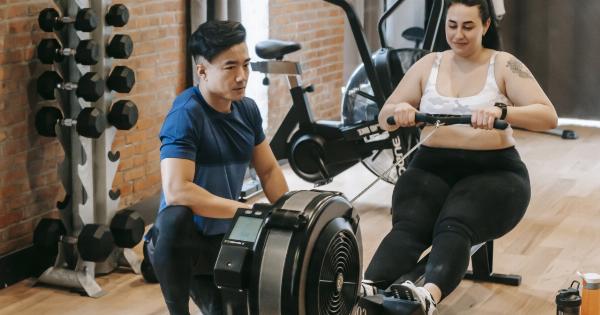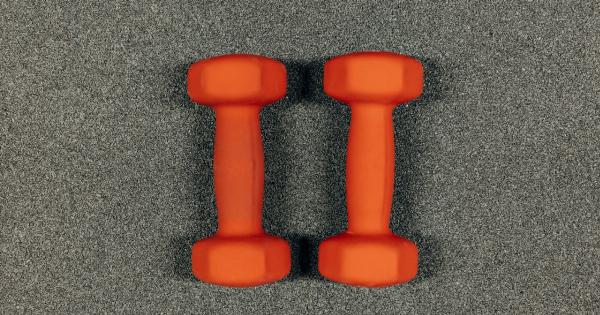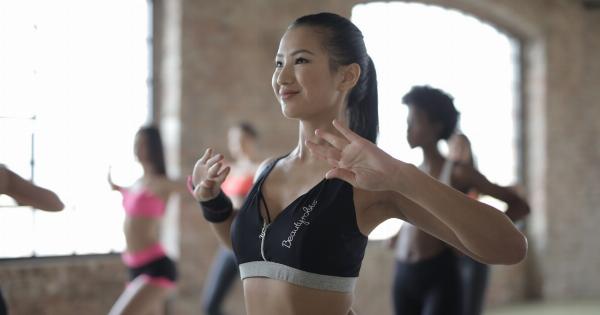Having a fit and healthy body not only makes you look good but also keeps you away from diseases. A healthy waistline is not just an aesthetic aspect, but it has a significant impact on your overall health.
A strong core can help you maintain good posture, prevent injuries, reduce back pain and improve digestion. To keep your waistline fit and protected, you need to do specific movements that target your core muscles. Here are nine movements that can help you achieve a healthy and strong waistline.
1. Plank
The plank is a straightforward and effective movement that targets your entire core. Begin by positioning yourself as if you are about to do a push-up.
Instead of lowering yourself onto the ground, keep your back straight and hold that position for at least 30 seconds. Start with shorter duration and gradually increase it as your core muscles get stronger.
2. Russian twist
Russian twist targets your upper abs, obliques, and lower back muscles. Sit on the floor, keep your knees bent and lean back slightly while keeping your feet on the ground, lift your legs and draw your knees into your chest.
Hold the bench behind your knees and twist your torso from right to left while keeping your legs steady.
3. Bicycle crunch
The bike crunch is one of the best abdominal exercises that target both upper and lower abs. Lie down on a mat or floor, place your hands behind your ears, lift your knees and bend them to a tabletop position.
Lift your head and shoulders and bring your right elbow to touch your left knee while straightening your right leg. Alternate sides and repeat it for a few sets.
4. Side plank
The side plank is a more challenging variation of the plank that targets your obliques. Lie on your left side, lift your body up with your left elbow, keep your legs straight, and stack your feet on top of each other.
Hold that position for at least 30 seconds or longer. You can also do the same on the other side.
5. Hip raises
Hip raises or bridge pose targets your lower back and glutes. Lie down on your back with your knees bent and feet flat on the floor. Rest your arms on your sides with palms facing downwards. Lift your hips off the ground and squeeze your glutes.
Lower your hips back to the ground smoothly and repeat for several sets.
6. Mountain climbers
Mountain climber is a cardio exercise, and it also targets your core muscles. Begin in a plank position, then bring your right knee towards your chest and repeat the same with the left knee.
Move your legs quickly and switch sides while keeping your back straight. Do this for a few sets with 30 seconds each.
7. Flutter kicks
Flutter kicks target your lower abs and also good for your hip flexors. Lie down with your back flat on the floor, put your hands beneath your glutes.
Lift your legs off the ground and alternate your legs while keeping them straight and making them flutter up and down. Do this in sets of 30 seconds.
8. Standing trunk twist
The Standing trunk twist targets your upper abs, obliques, and shoulders. Stand with your feet shoulder-width apart; clasp your hands in front of you and slowly twist your body to the right. Hold for a second and come back to the starting position.
Do the same on the left side and repeat it for several sets.
9. Superman pose
The Superman pose targets your lower back and is a great exercise to prevent lower back pain. Lie down on your stomach, keep your hands extended in front of you, and lift your arms, chest, and legs off the ground while keeping your head straight.
Hold for a few seconds and slowly lower down your body on the ground. Repeat it for several sets.
